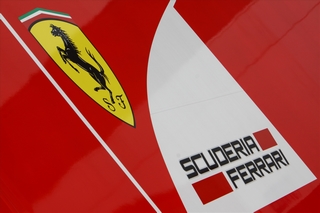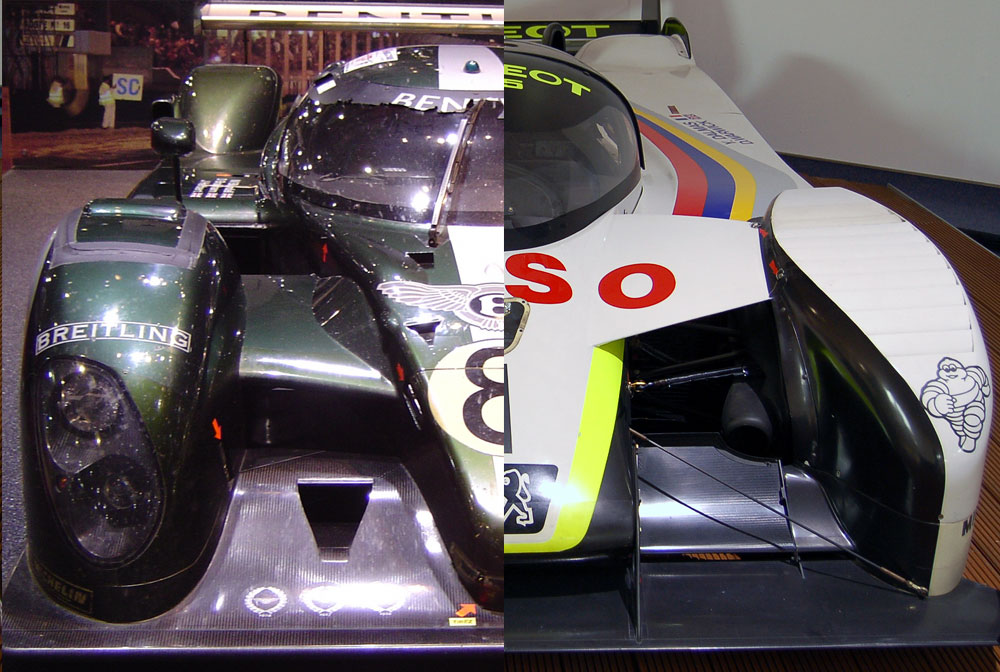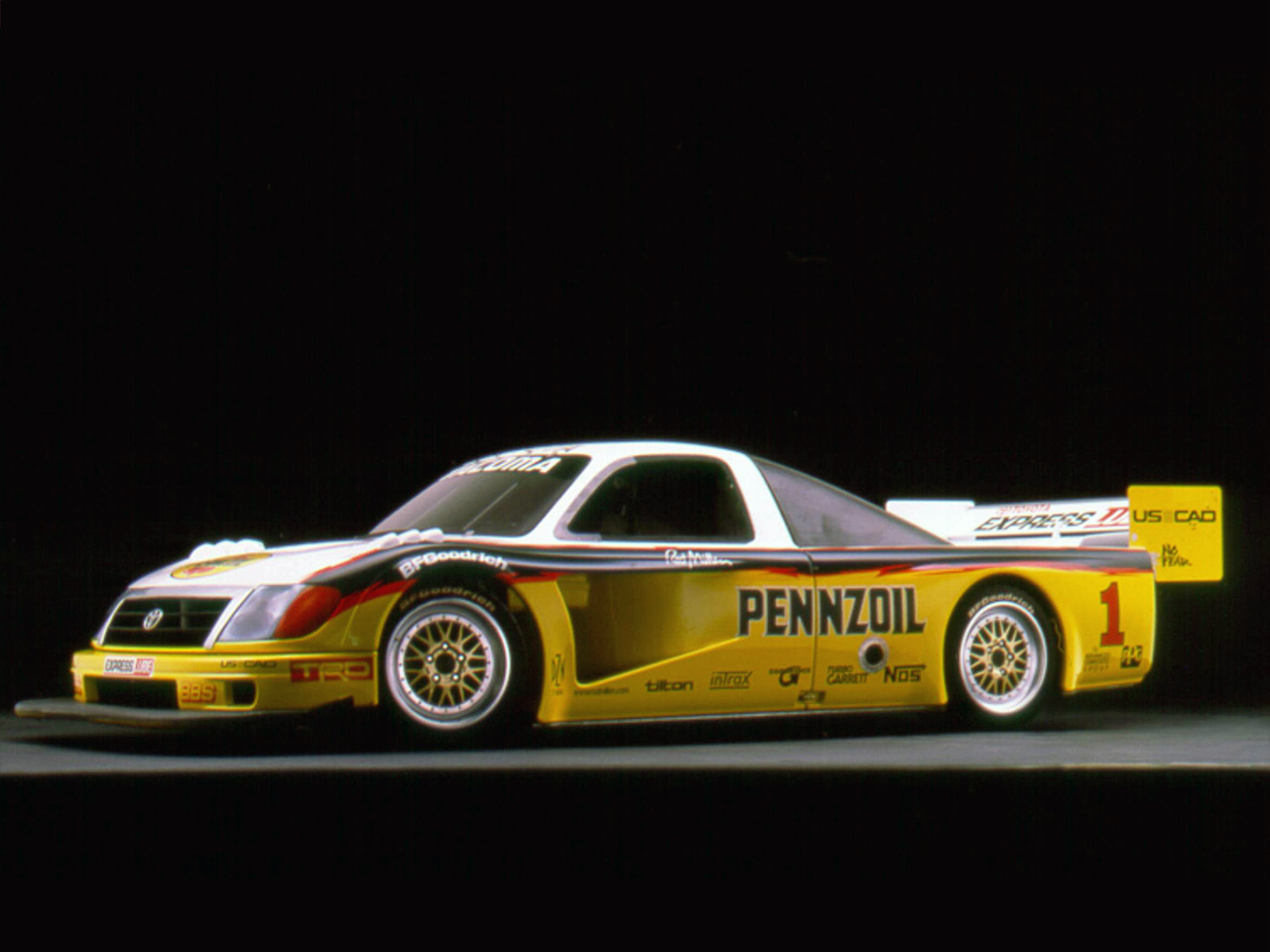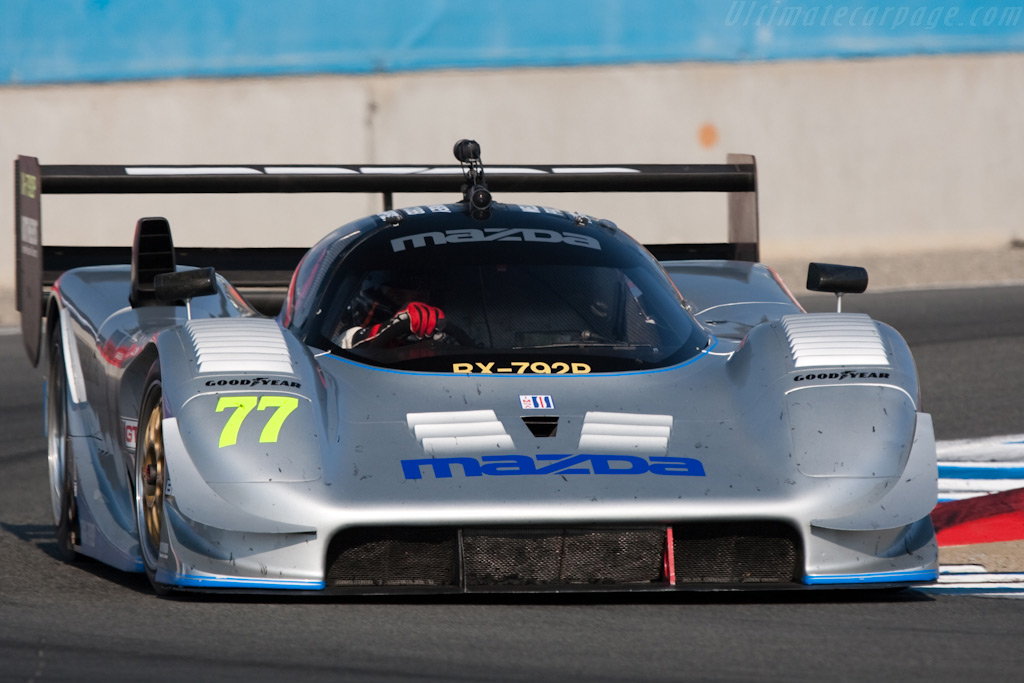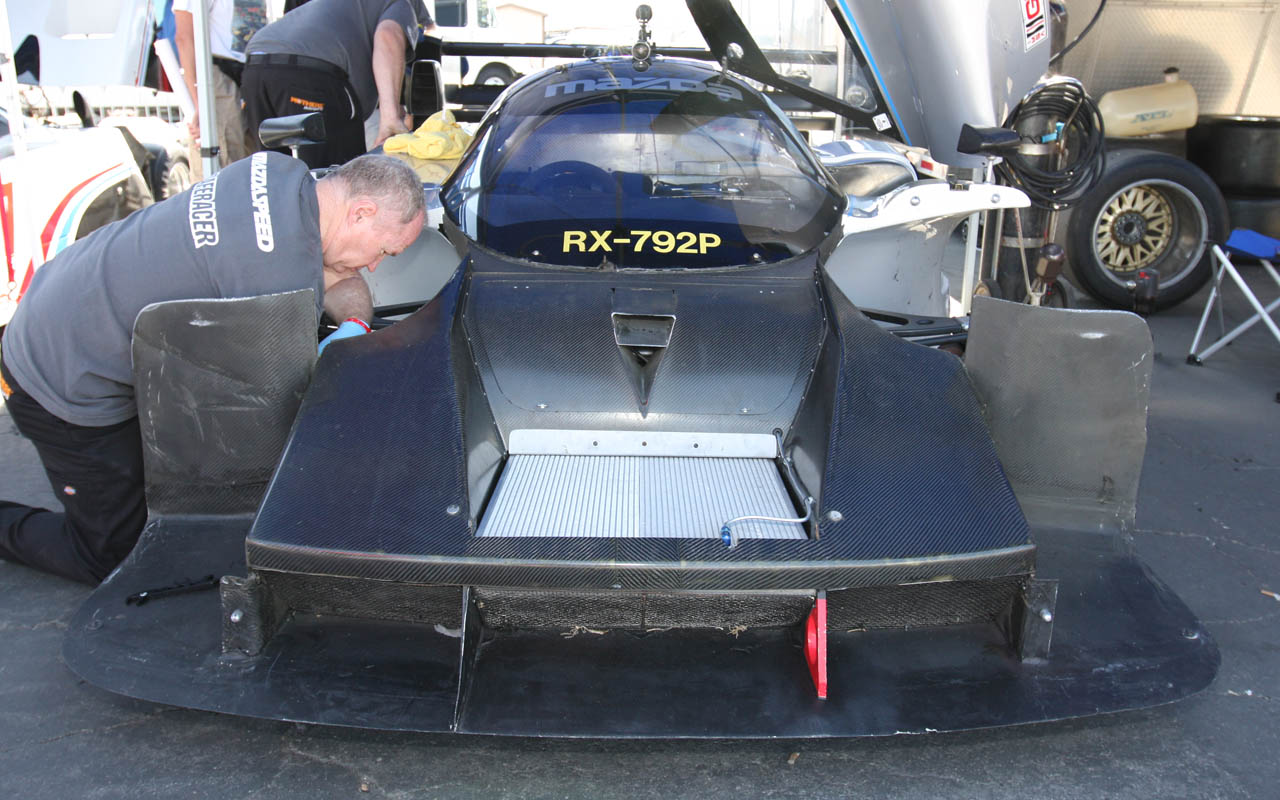Cold Fussion wrote:What were the pit stops rules in Group C like? If it were like modern LMP1, I would have thought removing the rear body work covering the tyre would add a significant time penalty compared to the drag reduction (or perhaps the drag reduction is bigger than i realise?).
I am not fully up to date with the group C races of the end of the 1980s, early 1990s, but before that they didn't really change tyres. They had a 600 liters fuel allocation for each 1000km race (2600 liters for LeMans!) and a maximum of 5 refuel pitstops with fuel tanks not exceeding 100 liters. The cars had to weight at least 800Kg, a figure that was increased to 850Kg, and then 900Kg.
I am quoting someone from another forum for some more details:
As far as aero regulations go, the original specs called for a flat reference plate, measuring 100x80cms,starting behind the back of the front wheels. No other parts were allowed to project below this plane, apart from the wheels.
Maximum length of complete car including wings was 480cms, width 200cms, and height between 100 and 110cms.
No air boxes were allowed forward of, or above, the highest parts of the screen. There were measurements for windscreen, for doors and for internal cockpit width (130cms), and for side window sizes (40x25cms). The front overhang was to be no more than 20% of the wheelbase,and the difference between front and rear overhangs was not to exceed 15% of the wheelbase.
Maximum wheel rim width was 16". Venturii were permitted aft of the reference plate, but skirts were banned. Finally, the fuel tank was to be contained within the wheelbase of the car and within 65cms of the longitudinal axis of the car, fuel tank capacity being 100 litres.



